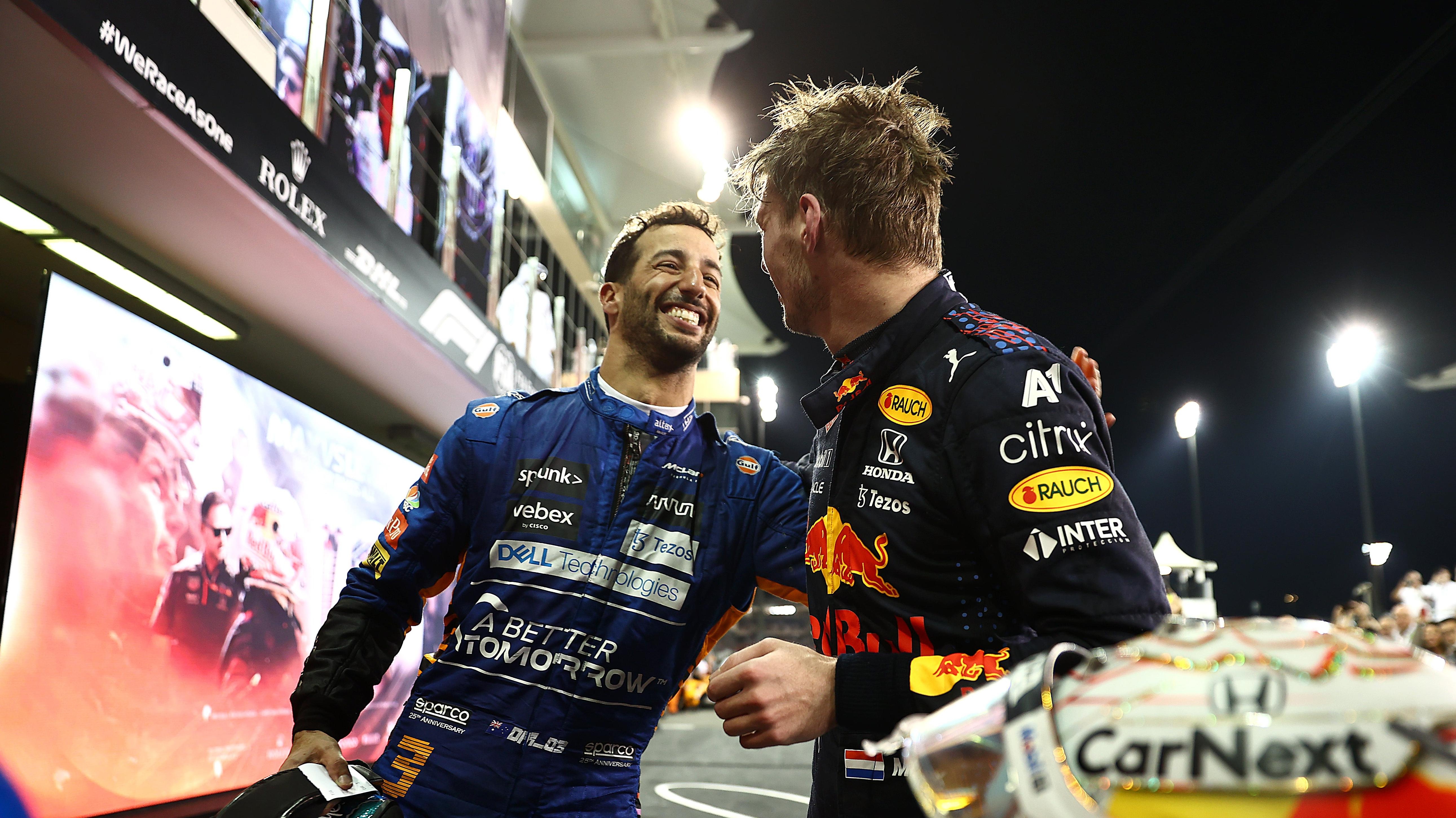Formula 1 drivers are getting sick of the selective editing on Netflix’s Drive To Survive
Drivers like Max Verstappen have criticized the show for creating non-existent rivalries in the past

Thanks in large part to Netflix’s Formula 1: Drive To Survive documentary series, the world’s most prestigious and elitist motorsport has finally made inroads into the United States, so much so that this year there will be more than one grand prix race held in this country (and next year there might be more), but some F1 drivers are getting tired of the cost of participating—or not participating—in the Netflix series.
As reported by WTF1, Formula 1 CEO Stefano Domenicali recently spoke with Italian news outlet La Gazzetta Dello Sport about Drive To Survive, and he revealed that at least some of the teams and drivers are speaking to Netflix about how they’ve been depicted on the show, implying that more of them may decline to be involved in future seasons if they’re not happy.
The core issue is that Drive To Survive pretty explicitly manipulates footage of real races and driver interactions to make it seem like there’s more drama between drivers than there really is, which—as we recently explained—allows the show to create what are essentially story arcs for particular drivers. It makes for excellent TV, hence F1’s aforementioned surge in popularity here in the U.S., but it is also sometimes unfair to drivers that are painted as antagonists simply by the virtue of what “storylines” the Netflix cameras choose to follow.
For example, defending world champion Max Verstappen has refused to be involved with the show since the first season, telling the Associated Press last year that they “fake a lot of stuff” and created “a few rivalries” that “don’t really exist.” (Verstappen is sort of built up as a villain early in the show, making it look like he and obvious Drive To Survive hero Daniel Ricciardo absolutely hate each other.)
Netflix presumably likes that stuff because it makes for a better show, but F1 evidently notices that it reflects poorly on drivers and squanders the easy PR that the show is supposed to provide, creating a weird push-and-pull between the people doing the sport and the people making the show where it’s in everyone’s best interest to manipulate footage in different ways.
It’s also worth pointing out that the obvious fake drama episodes in the most recent season of Drive To Survive were the least interesting, and the show is actually at its best when it’s just focusing on the mid-tier teams and drivers that don’t get the attention of people like Verstappen anyway. There is a way to do this that should make everyone happy, it’s just the one that requires a little more nuance. We’ll see if Netflix and F1 are able to figure that out for themselves.